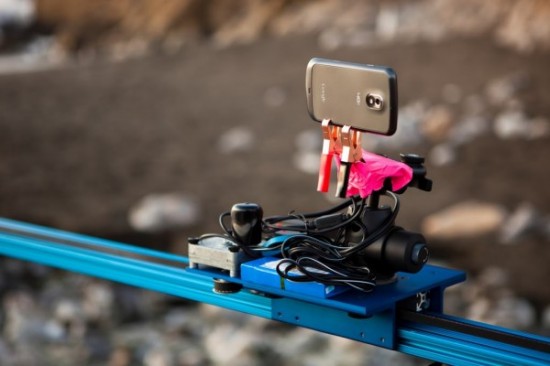Galaxy Nexus Barometer Should Speed Up GPS Location
Every once in a while we see a barometer listed among the specs of an Android device, right next to the accelerometer, gyroscope and other sensors. We saw it in the Motorola XOOM and now we are seeing it included among the components that make up the Samsung Galaxy S II. What has never been quite clear has been the exact purpose of such a sensor. It’s a bit naive to think a barometer crammed inside a cell phone has the power to divine the weather, even if that is among the first conclusions most reach when trying to peg the usefulness of including one. This is not the case, as Google’s Dan Morrill pointed out in a recent blog post.
The actual reason for the barometer’s presence is tied directly into GPS. For GPS to function it must first locate a person in three-dimensional space. To make this process quicker, aGPS helps to identify two of those coordinates (latitude and longitude) quickly, the third (height) is where a barometer comes into play. By getting a read on estimated atmospheric pressure, the Galaxy Nexus is able to make a quick determination about how far the phone is from sea level. Knowing the general location of the handset thanks to aGPS and the barometer, it becomes easier to get an accurate GPS lock. It is worth noting that Morrill states that the Galaxy Nexus’ barometer isn’t quite powerful enough to make any meaningful predictions about the weather.
[via AndroidPolice]
